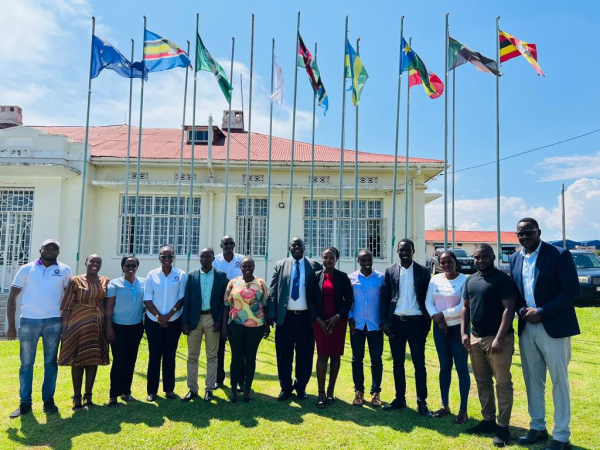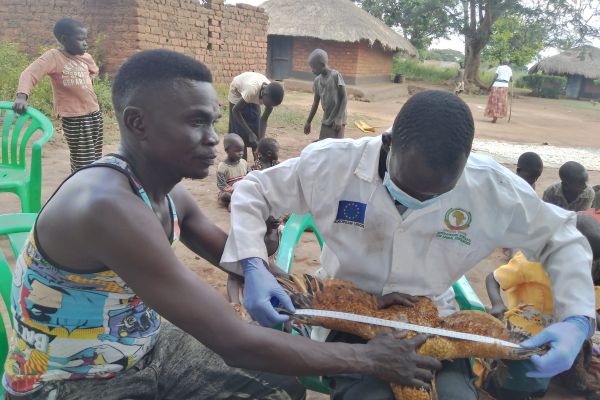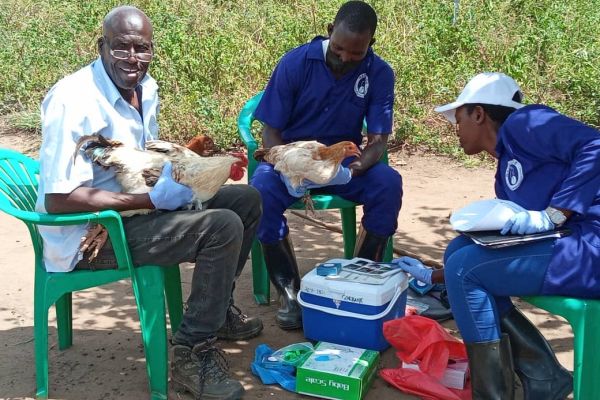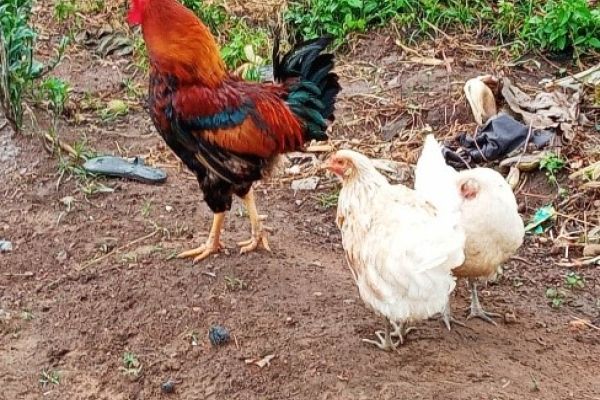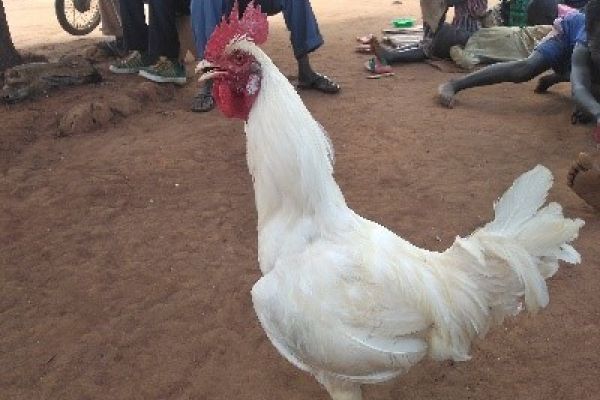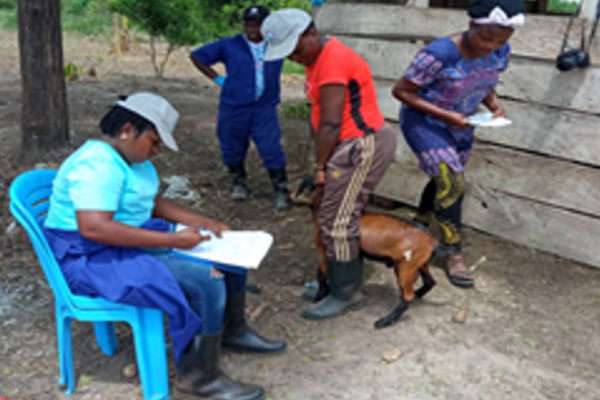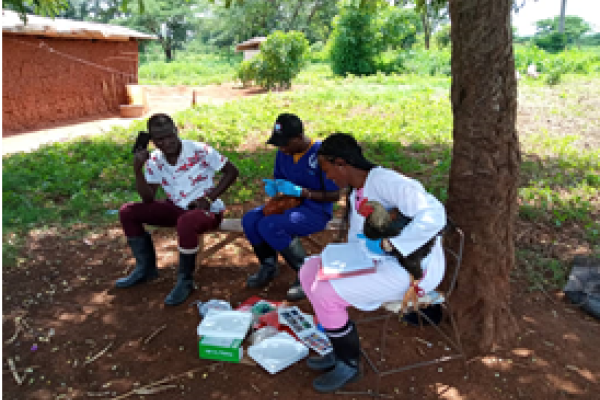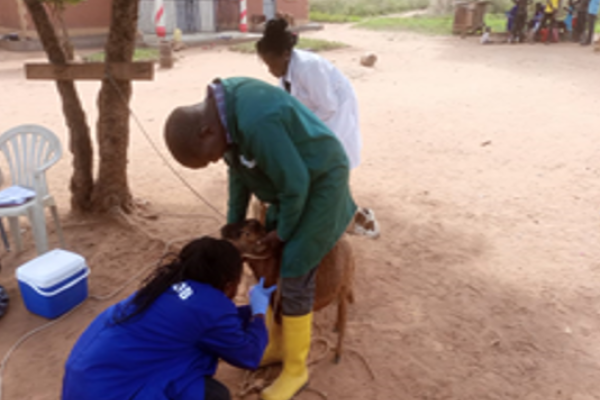Conservation and Gene Bank
(National & Eastern African Regional) Unit
The National Gene Bank
-
Purpose
The unit promotes the conservation and sustainable utilization of indigenous animal genetic resources and purposes to provide a framework for acquisition, storage, processing, and access to stored material for research and other purposes.
We recognize that indigenous animal genetic resources are experiencing a decline in numbers and genetic diversity due to loss of habitat, population explosion, changing production systems, and climate change, and poor regulation of adoption of exotic breeds. Therefore, our intervention is aimed at preserving this genetic diversity which has accumulated for hundreds of years and is responsible for such attributes as resilience to harsh climatic conditions, tolerance to endemic diseases, and ability to produce under resource constraints. Failure to conserve will not only lead to loss of this precious genetic merit upon which to anchor the country’s breeding programs but it could lead to the eventual collapse of the national animal-based food system.
-
Key Stakeholders
In carrying out these interventions, NAGRC&DB partners with;
- The Ministry of Agriculture, Animal Industry and Fisheries (MAAIF)
- National Environmental Management Authority (NEMA)
- National Agricultural Research Organization (NARO)
- National Council of Science and Technology
- Universities and other research institutions
- Farmers and farmer organizations, among others.
These partnerships ensure alignment with international frameworks that champion the conservation of biological diversity, particularly the Convention on Biological Diversity (CBD), the FAO’s Global Plan of Action (GPA) and the Interlaken Declaration on animal genetic resources, and the Nagoya Protocol on access to genetic resources and the fair and equitable sharing of benefits arising from their utilization to the CBD.
-
Key Strategic interventions
- Identification of conservation units through a combination of phenotypic and molecular characterization approaches.
- On-farm collection of germplasm from all livestock categories.
- State of the art evaluation of collections for genetic merit.
- Encouraging keepers to keep indigenous livestock genetic resources (in situ conservation).
- Establishment of farms to conserve breeds away from the keepers (Ex situ in vivo conservation).
- Storage of collected germplasm under cold temperatures (in vitro conservation or gene banking). NAGRC&DB has a fully stocked genomic laboratory equipped with equipment and reagents to use for genomic selection. Over 2000 doses of tissue and blood samples of the indigenous germ plasm and semen from Ankole long horn cattle bulls have been collected to increase the national gene depositories


The Eastern Africa Regional Gene Bank
-
Purpose
The Eastern Africa Regional Gene Bank is one of five regional gene banks that were established by the African Union – Inter-African Bureau for Animal Resources (AU-IBAR). It serves as a backup storage facility for animal genetic resources for 13 member countries in East and Central Africa. Under the elevated role as African Union Animal Resources Seed Centre of Excellence, it functions to build capacity of the member countries in gene banking technologies.
-
Key Stakeholders
In carrying out these interventions, the Seed Centre of Excellence partners with all 13 member countries and AU-IBAR with the Association for Strengthening Agricultural Research in Eastern and Central Africa (ASARECA) providing the coordination role among the stakeholders.
-
Key Strategic interventions
- Capacity building in novel gene banking technologies.
- Providing backup storage for member countries’ animal genetic resources.
